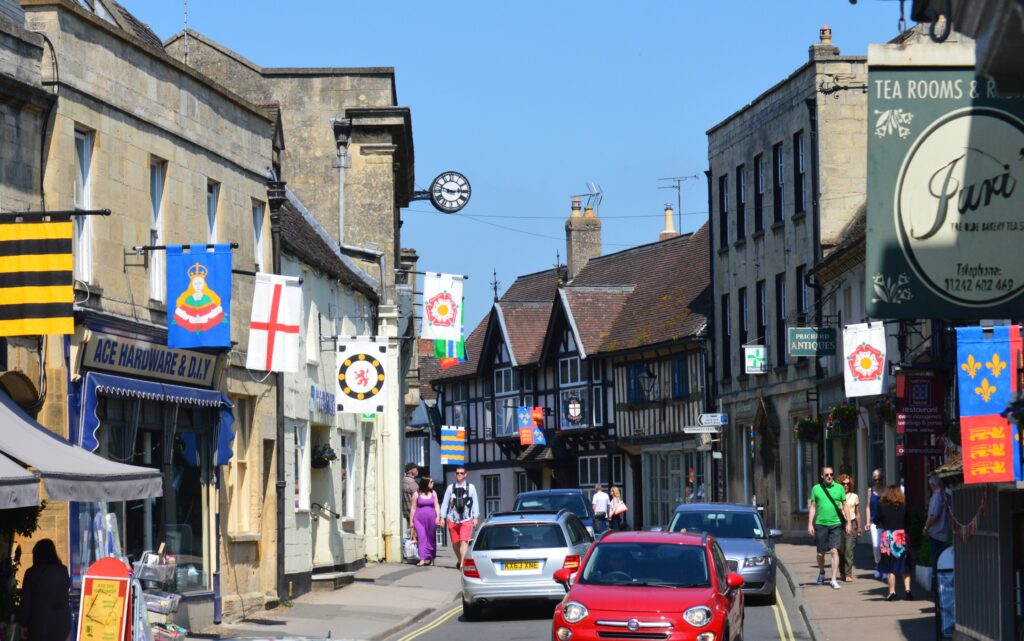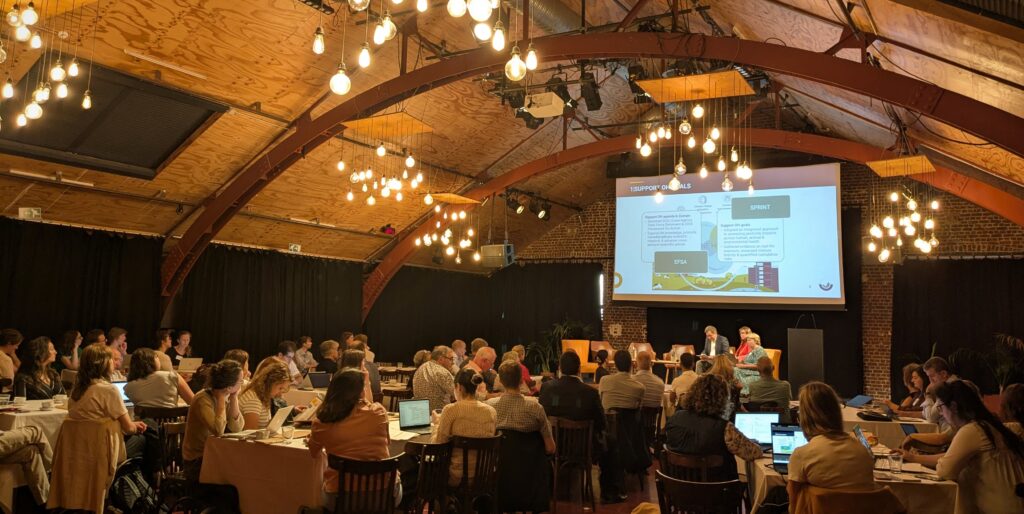The following article was penned by Matt Reed in response to our recent blog Superfoods go to the roof!

The title of the recent Guardian article captures the tension quite well – “Is spirulina the new kale? A Thai startup is bringing back the tiny green algae” – and then the article misses the interesting points. As Mauro’s blog post illustrates, there has been a careful and thoughtful case made for growing algae as a food source in cities. But before turning to that, let’s consider the value of kale.
As many a foodie could tell you, kale is a superfood packed with vitamins, flavonoids, and many other nutritionally good things, but unlike its peers, such as Calabrese broccoli, it is tough as old boots. If you are running a vegetable plot at any scale during the long winter kale has a unique role as it will stand in the garden through the worst of winters and it is not prone to many diseases, and not too fussy about soil conditions. You can also have traditional varieties, or slightly fancier ones such as Russian kale or Cavallo Nero. Developed by generations of horticulturalists this a low tech, sustainable answer to the problem of nutrition in small areas between buildings or on suitable brownfield sites. Does kale deliver the same returns per square metre, or can you grow it on a rooftop? No. But it doesn’t need much infrastructure – a garden fork and some seeds should do it.
Behind each of these ‘superfoods’ are implicit arguments about the future of food, and the future of food in cities. Many civil engineering companies, and not a few city managers, promote a very high tech version of the future of cities, which will harvest data to help speed up the efficient management of urban functions from, and for, a largely passive population. As part of that, future food will be produced within the city through capital intensive, highly sophisticated and efficient agri-tech, leading to what Dan Keech and I have called elsewhere a new urban ‘agri-techture’. This food production will intersect neatly with both the existing governance of cities but also the food businesses that currently dominate the food system.
Across the table from those espousing this approach are those who tend to advocate kale and community strategies. That to secure the cities of the future we need to build food systems that are as low tech, low risk, low capital as possible so that as many people can, and do, take part in them. This community-based approach is not unsophisticated or lacking in knowledge, but the purpose is to redesign the food system to serve a different kind of citizen. Implicit in this argument is that the governance of cities will also be different. Citizens will be at the fore of a newly responsive democratic system, not the passive providers of data to be monitored on dashboards in city hall.
I exaggerate here, a little, for the sake of clarity, but we are already watching a polarisation of approaches much as we have seen in other areas of agriculture. What articles such as the one in The Guardian do is to play into that discourse and of course conflict is a popular theme in journalism. Falling into that polarisation will lose us a great deal in our deliberations about the future of urban agriculture. What we need is a blend of the capital-intensive innovations, such as growing spirulina, and the low cost, community-based – as appropriate to the situation. The answer is a blend of approaches based on debate and discussion rather than a fashionable replacement of one for the other.





